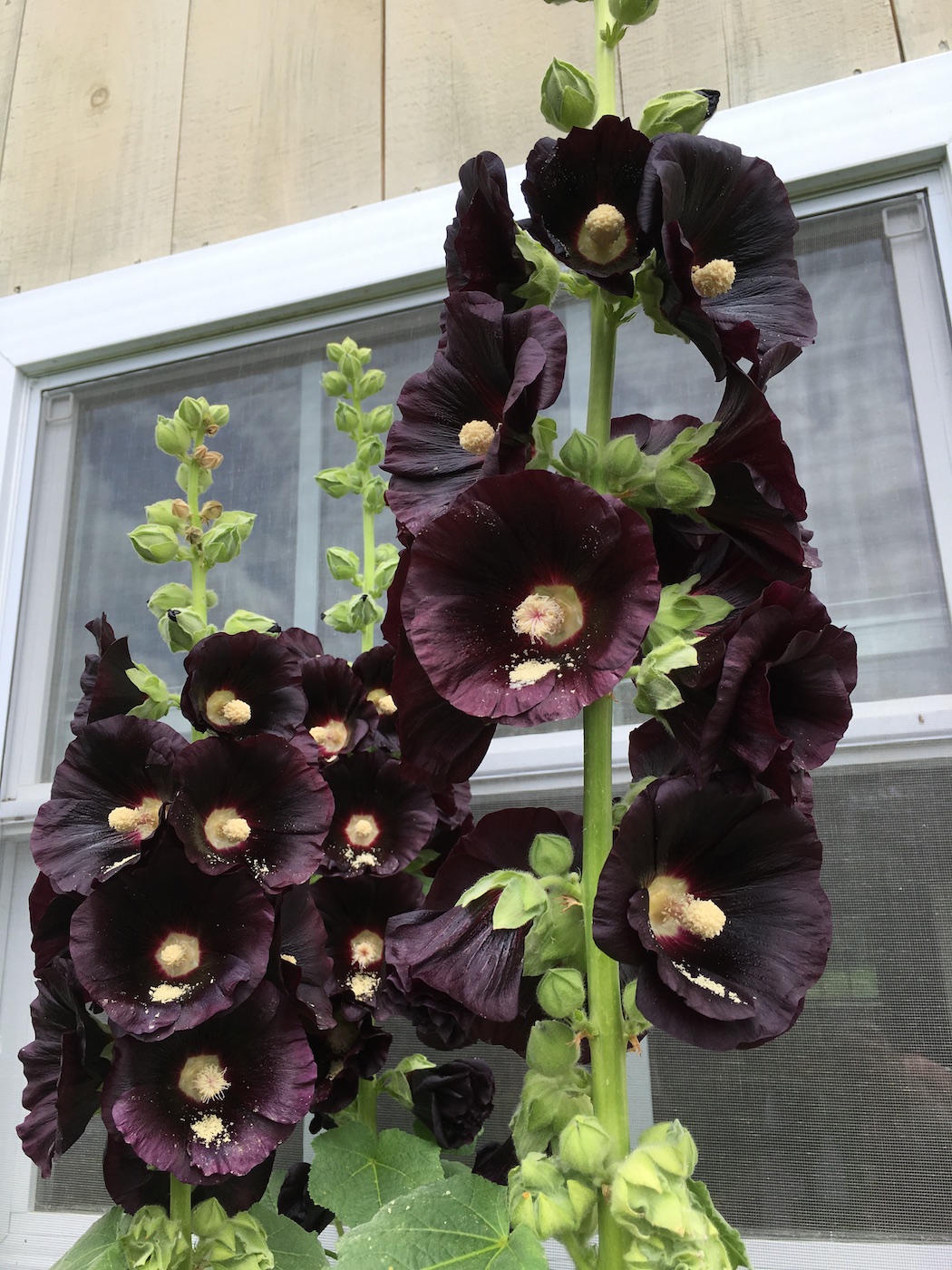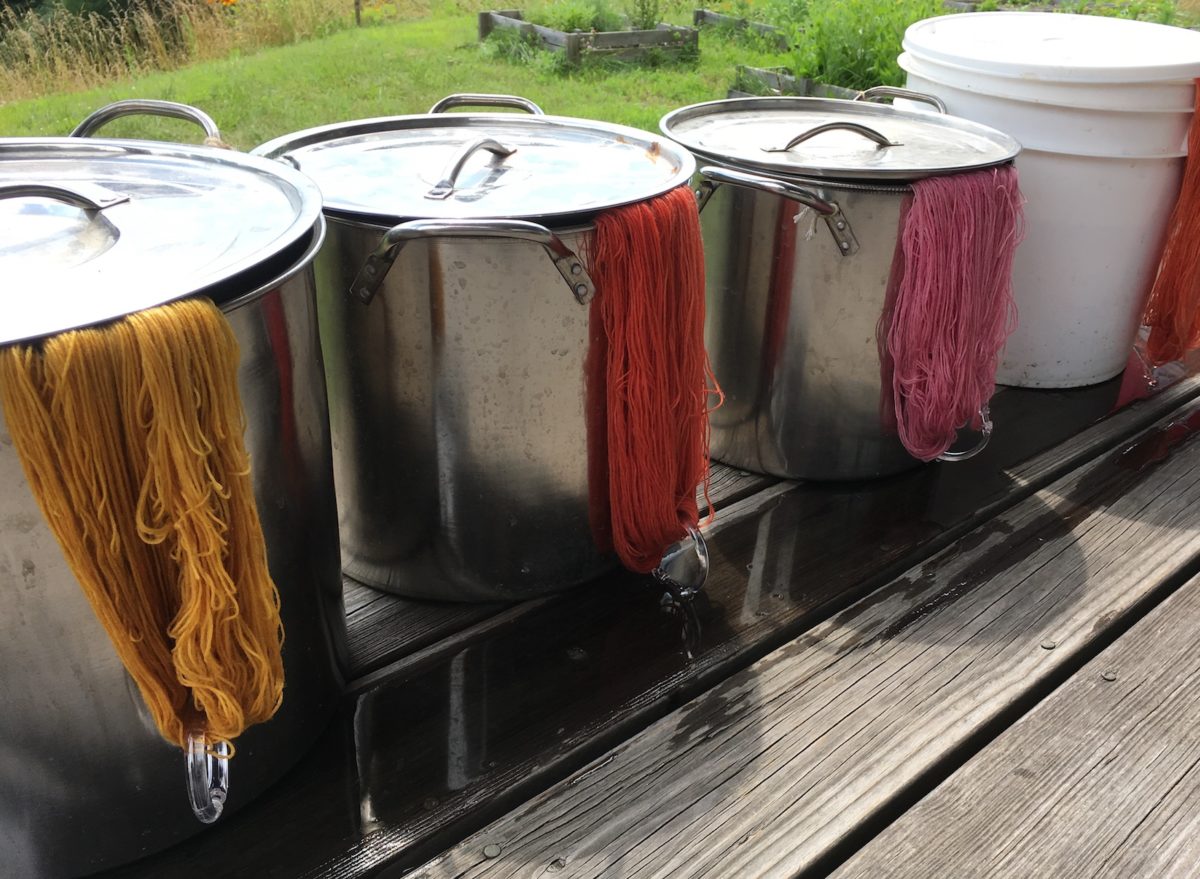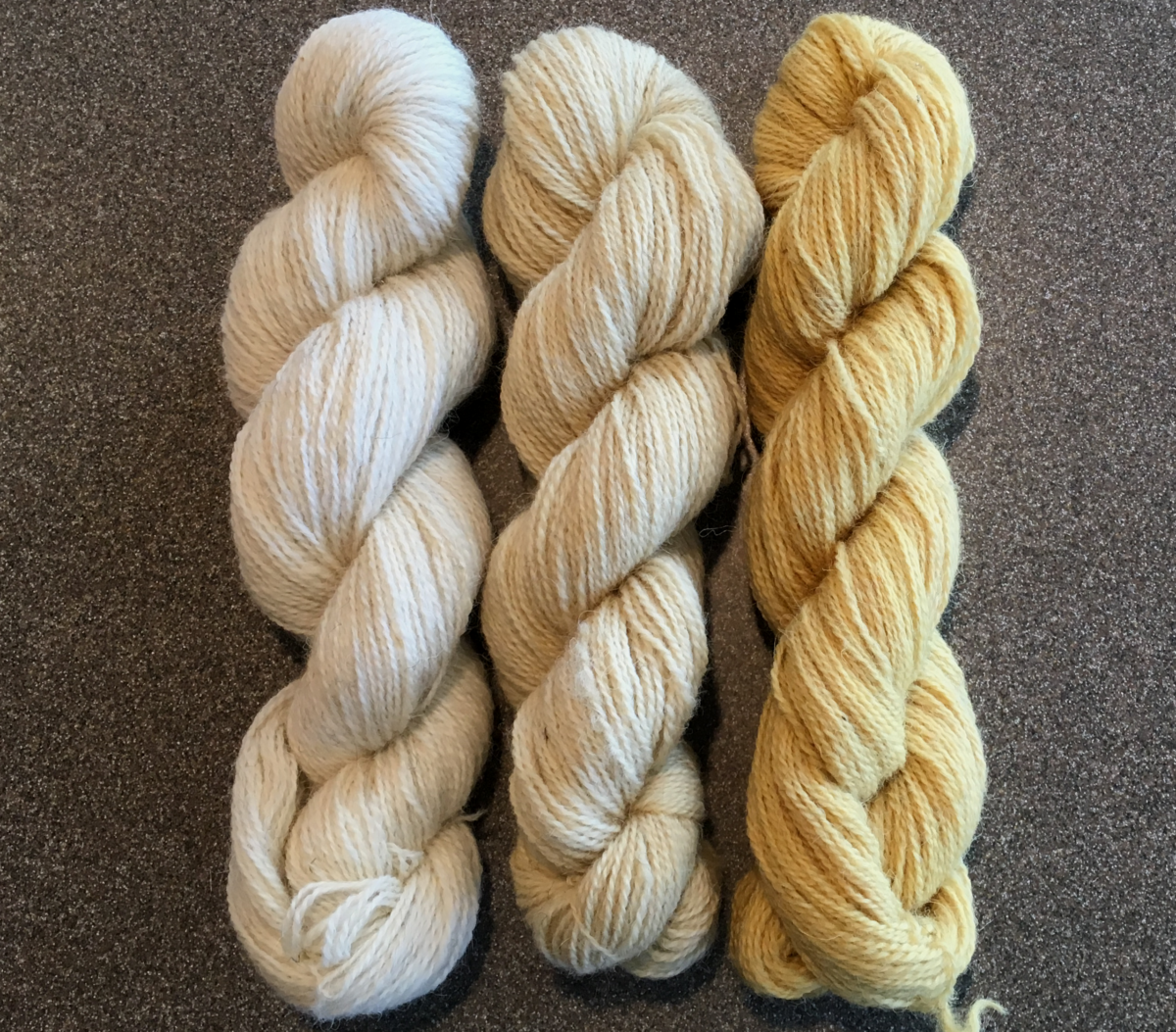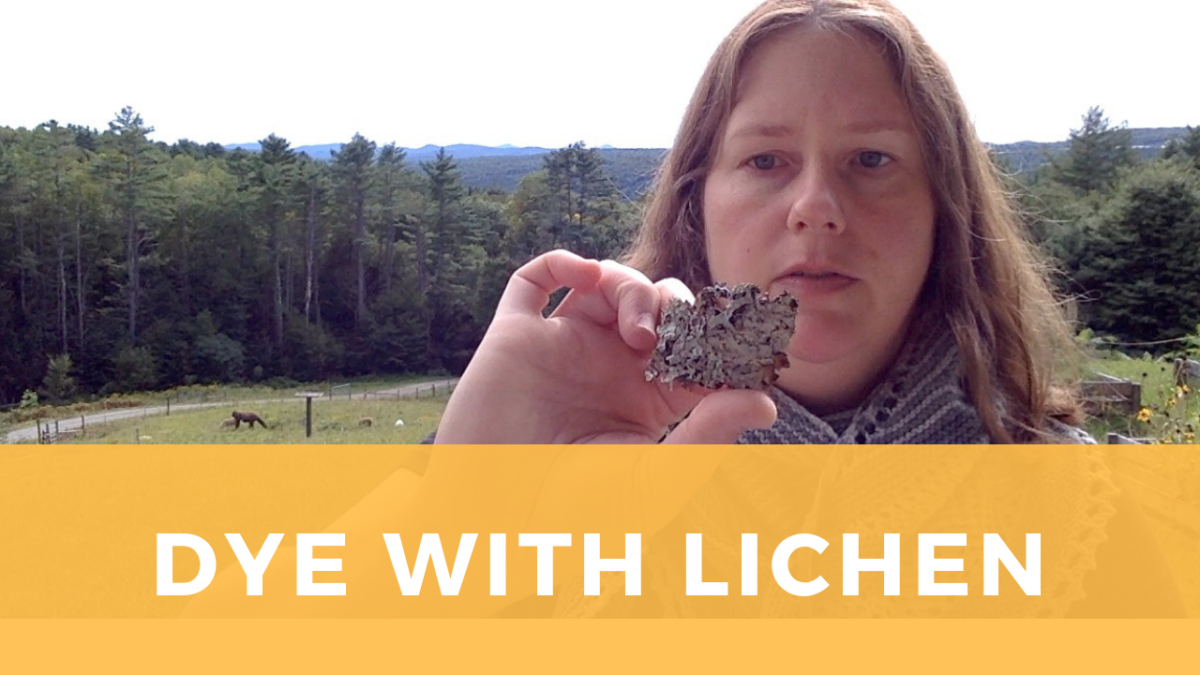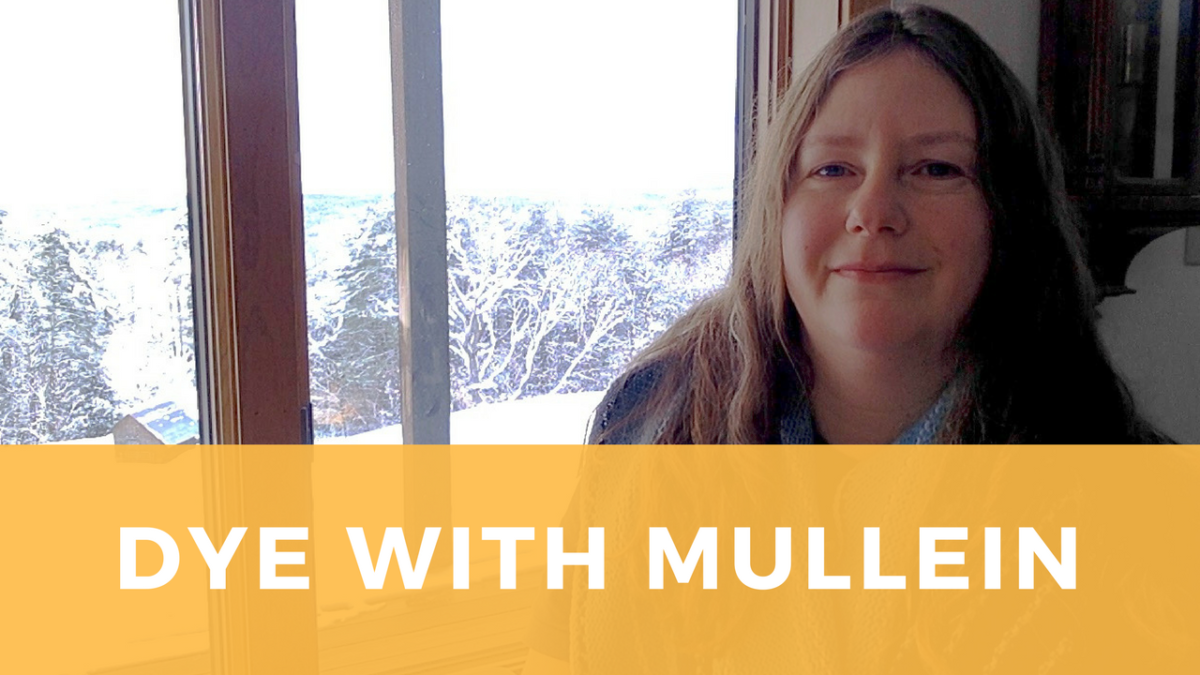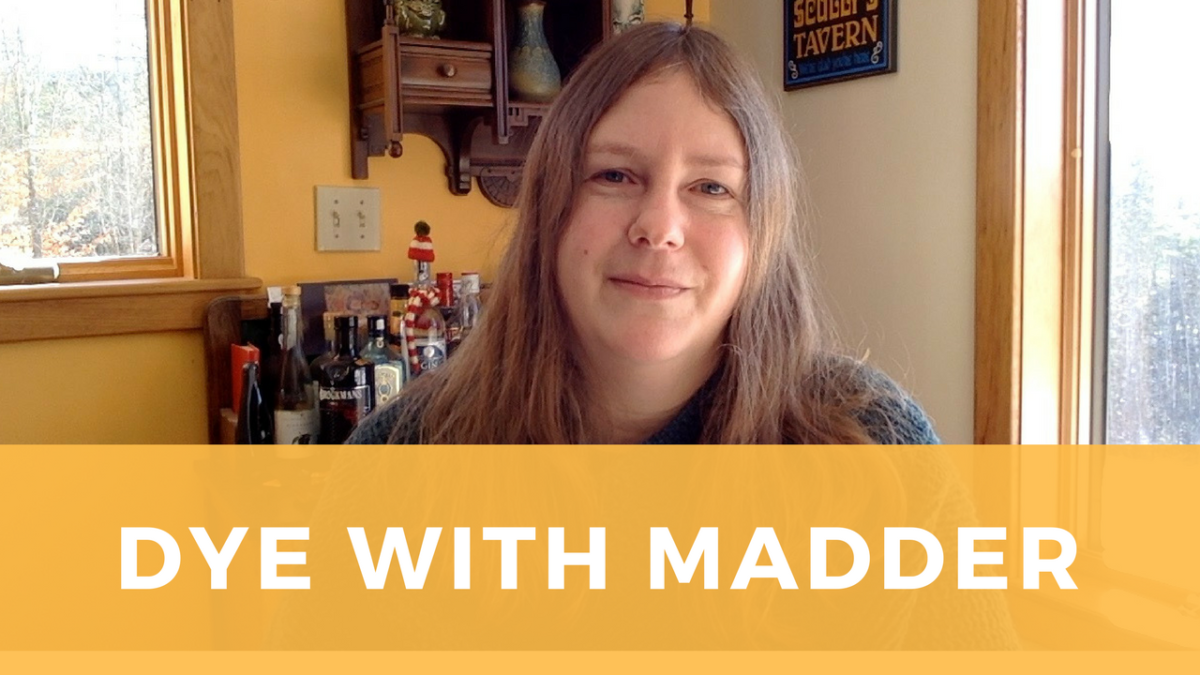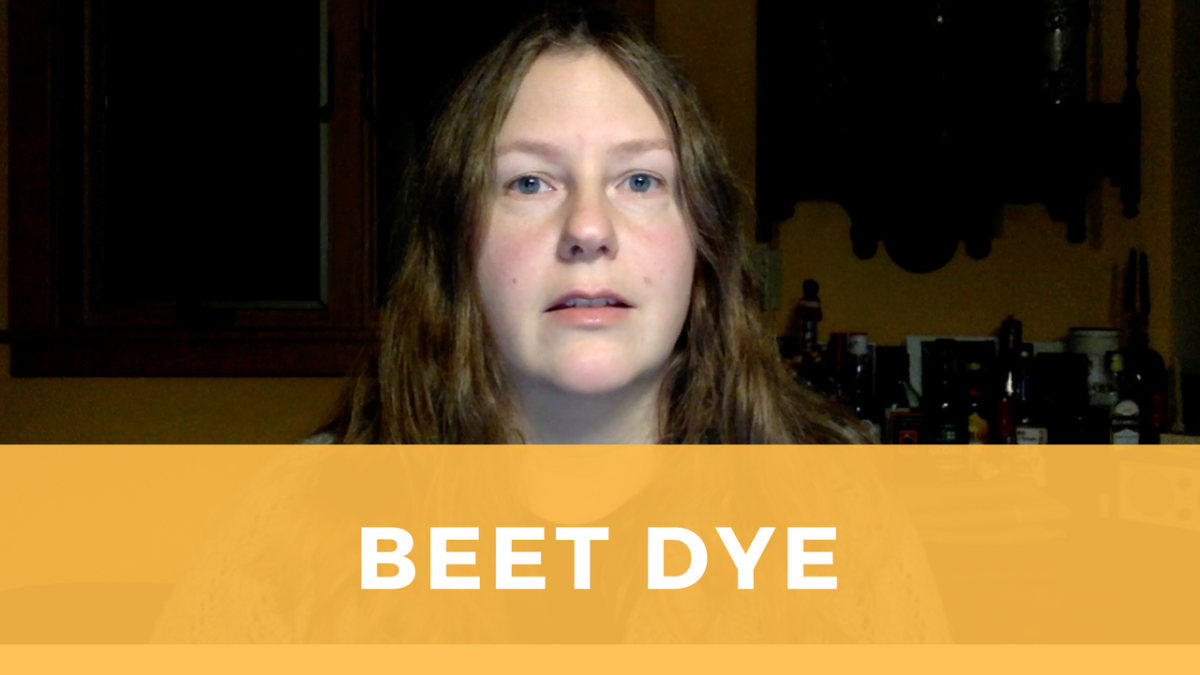This year has afforded several opportunities to try new-to-me natural dyes, and this week I’m discussing my first trial dyeing with black hollyhocks. The flowers resemble a very dark purple, verging on black in the center of the flowers. Use the petals only for dyeing. If you want to add hollyhocks to your garden you
Articles with the Tag natural dye
How to dye yarn with Black-eyed Susans
For a while now I’ve been aware that Black-eyed Susan flowers can be used for natural dyeing, and they’re specifically used to achieve a pale or sage green. But I admit, I’ve been skeptical. Green is a difficult color to dye on it’s own, and past attempts on my part have yielded browns, beiges, and
Dip Dye Yarn: An easy technique creates striped or variegated effects
One of my favorite dye techniques to date is dip-dyeing. I love self-striping yarns for socks, but dip-dyeing can also be used for subtler effects. There are a couple of ways to do this depending on which colors you are combining and how you want the final yarn to turn out. In this example I’ll
Dye wool with Queen Anne’s Lace for a subtle antique hue
Queen Anne’s Lace has long been known as an herbal remedy and natural dye source. The shades can range from yellows to greens. In this first experiment we got a very pale shade because the concentration of plant material was quite low. Gather a larger amount of flower heads for a more intense color. Step
How to Dye Wool with Fresh Lichen
There are a few species of lichen that grow prolifically in the woods around our house, and I’ve been wanting to use them for a dye for quite a while. After gathering them and preparing a fermented ammonia dye vat last year, my first experiment didn’t turn out as expected. Fortunately, there is another quick
How to Dye Wool with Butternut Hulls
A few months ago, our generous neighbor gave me some butternut hulls for dyeing. Butternut are a hardwood tree that were at one time very common across New England. Unfortunately, over-harvesting for the furniture industry has led to their scarcity. It may not be possible to locate a sustainable source of butternut hulls where you
Dye Wool with Mullein a Herbaceous Biennial
As soon as we started to build our pasture for the sheep, I encountered something that looked like Lamb’s Ear, but wasn’t. We didn’t know what it was at first, but noticed the sheep didn’t like to eat it, so we set about trying to eradicate it from our fields before it could take over
Dye wool with Tansy Using These Easy Steps
This was the first time I’d tried dyeing with tansy, and I was pleased with the speediness of the dye set and the resulting color. While a tint shift didn’t work as planned (adding ammonia did not yield a green shade as promised), the color we did get was a lovely saturated yellow. Special thanks
Dye wool with madder
Madder root, or Rose Madder, is a traditional woody shrub that has been cultivated and used for thousands of years to create red tones. While I’ve used other sources to create red, I’ve found this one to be the most reliable. However, it is temperature sensitive, so carefully attention is needed when applying heat. You’ll
Dye wool with beets!
Beet root is an unconventional and some would say risky source of natural dye. After a few trials over the past two years, I stumbled on a method that yielded saturated color, and I’m sharing my notes in the hopes that others will give it a try. Step 1: Prepare the yarn. Mordant the wool

